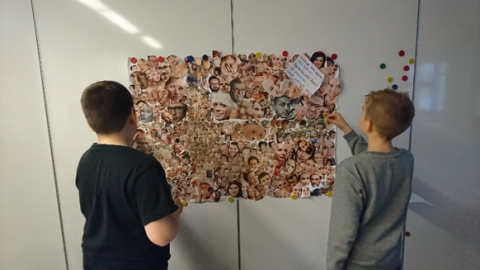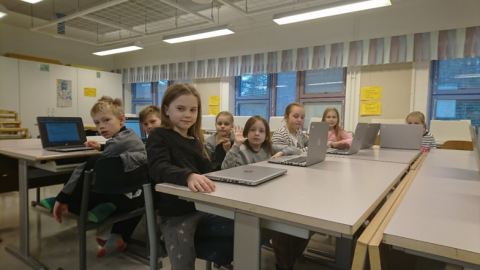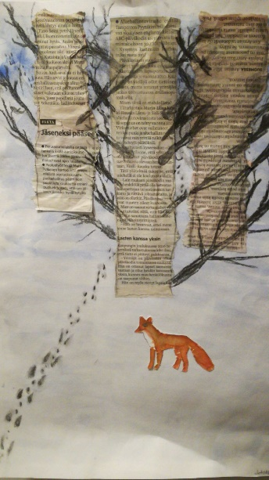Newspaper week in Finnish schools
What is news? What is the difference between journalism and a blog post? What kind of information can be trusted?
These type of questions are discussed in Finnish schools this week. Today starts Newspaper theme week that is celebrated in schools around Finland. The local media supports this theme week strongly: for instance, here in Tampere region the local newspaper Aamulehti delivers licenses to schools for students to read their digital newspaper. Furthermore, almost 60 000 traditional newspapers are distributed to schools only in this region for the students to explore closer.
The media and news are examined in various different ways in Finnish schools this week: for example, students analyze the news and try to determine, if news are reliable, and if so, why. Students study news and different media and based on their studies they produce newspapers of their own. They explore the work of a journalist and how it differs from e.g. the work of bloggers’ and vloggers’. They examine photos in media and how the photos are chosen, how they affect people etc. They also use newspapers and media in their artwork.
Tasks this week are about all kind of news: politics, sports, news from home and abroad, columns, science. The tasks also integrate various school subjects: Finnish, Math, English, History, Social Sciences, Art etc. In addition, tasks require different teaching and learning methods: for example study, research, discussion, writing, reading, panels, evaluation. The possibilities are countless.


This Newspaper theme week promoting media literacy has long traditions in Finnish basic education: Newspaper week has been a yearly event since 1990’s and there were some similar campaigns also before that.
During this time media has changed a lot. One of the major changes has been the rising role of digital media and digital journalism. It ‘s not only written news anymore; there is also live news broadcasts and streaming for instance. In addition, the news travel fast in social media, too.
Nevertheless, the basic principles of journalism still stand: responsible media publish only information that has been verified. It also aims to present many perspectives to the phenomenon at hand.
This year the theme of newspaper week is climate change. It is a good example of a topic that you can find verified scientific results in media. But there is also a lot of false interpretations and even false information available. It is worth noticing, that climate change is the biggest concern to Finnish children and youth. It is essential that climate change is carefully covered both in education and in media.
These type of complicated topics require media – and multiliteracy. Multiliteracy is one of the key competencies of the future and also one of the so called transversal competencies highlighted in Finnish national core curriculum. Developing multiliteracy requires versatile use of media in teaching and also strong focus in source criticism.
“The pupils need multiliteracy in order to interpret the world around them and to perceive its cultural diversity. Multiliteracy means ability to obtain, combine, modify, produce, present and evaluate information in different modes, in different contexts and situations, and by using various tools. Multiliteracy supports the development of critical thinking and learning skills.
— The pupils must have opportunities to practice their skills both in traditional learning environments and in digital environments that exploit technology and media in different ways.”
(National Core Curriculum for Finnish Basic Education 2014, 23.)
In this era – which is sometimes called “post-truth”, with “fake news” and digital misinformation – it is vital to provide our children with the skills of critical thinking and media literacy. This is also a pre-requisite for active citizenship and effective democracy.
Newspaper week develops into Media literacy week held on 10-16th February in Finland. Follow us for continuation of the topic!

Johanna Järvinen-Taubert
Pedagogical Director
